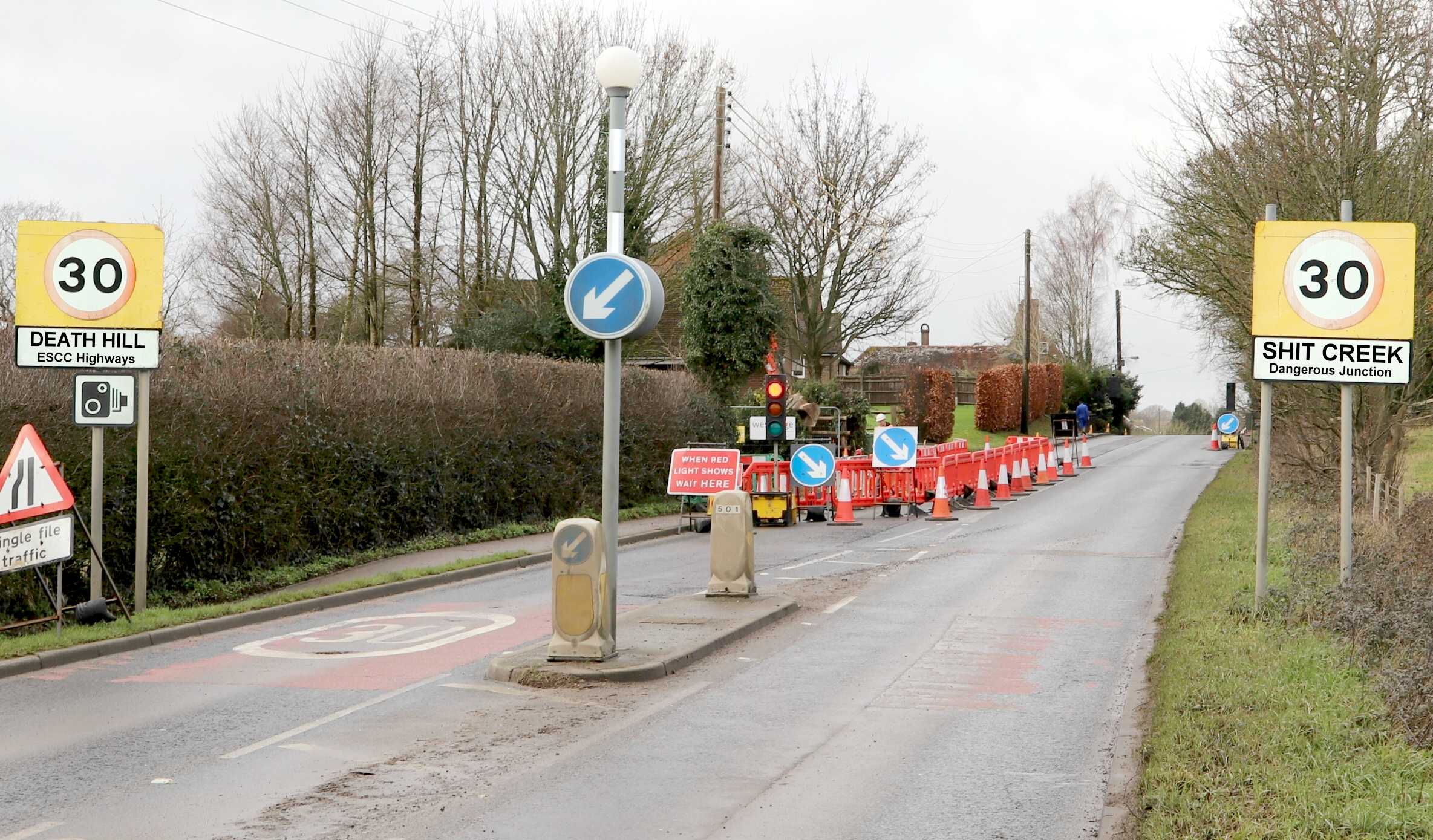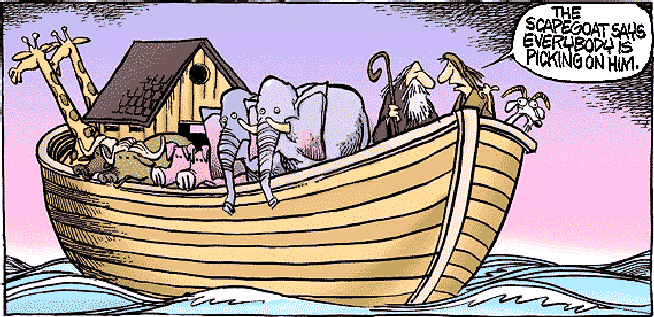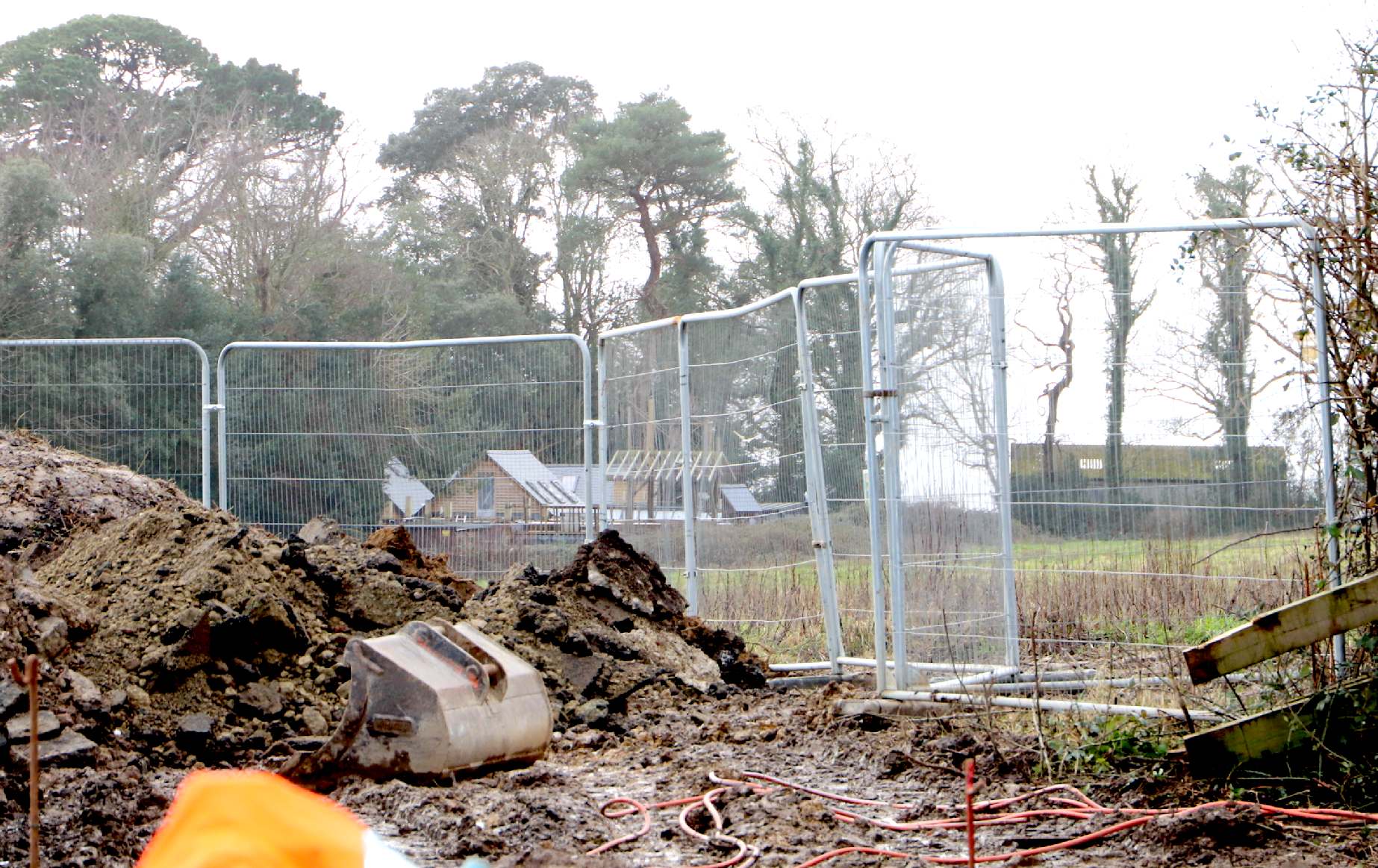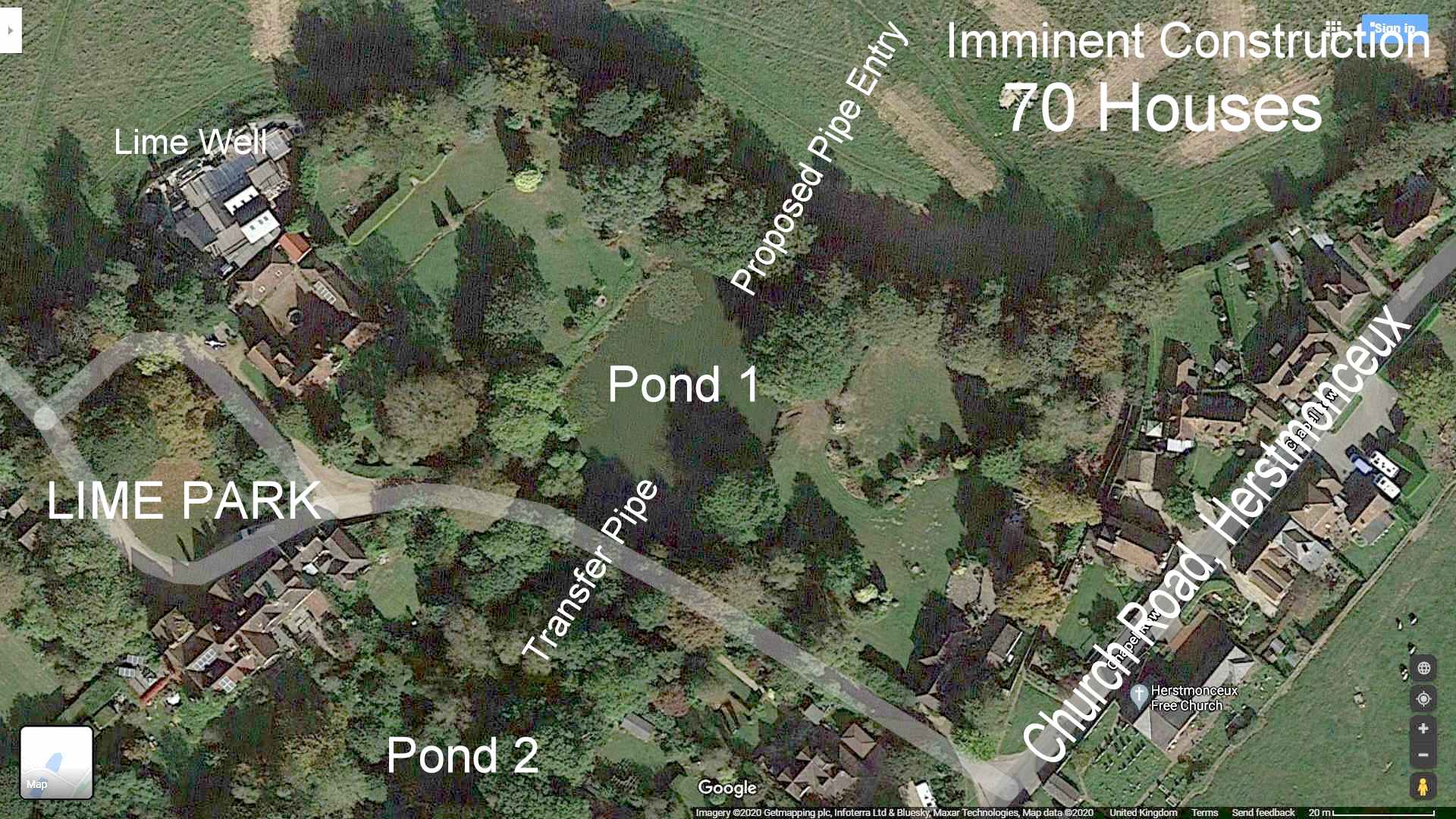|
JOINT ENTERPRISE
Please use our A-Z INDEX to navigate this site or see our HOMEPAGE
|
|
A BUM DEAL - In the words of John McEnroe, "You cannot be serious." A junction for up to 70 houses, or 140 cars leaving for work and school, onto a busy main road that is already inadequate for the current traffic flow. This road planning is thought by many to be the most dangerous bit of money grabbing corruption in this area of Sussex. What were East Sussex Highways thinking of in approving this tiny entrance, devoid as it is of a suitable visibility play and so close to the brow of a hill. Have they not read the Highway Code? It's seems like Wednesbury Corporation attitudes all over again. How dare they put so many local residents at this level of traffic risk. Locals are calling this stretch of road Death Hill, and the turning Suicide Junction - and we agree with that sentiment. It is an accident waiting to happen in our view. This is the entrance to Shit Avenue, as the locals are referring to it, leading to Pooh Park.
When considering appropriate action in relation to the alleged criminal conspiracy to poison the drinking water in Lime Well it is well worth taking a look at Joint Enterprise (JE) and Common Purpose (CP), where JE is criminal and CP in a civil tort.
It is not necessary for there to be a death, it is sufficient to engineer a situation where harm to health is likely - and/or a loss is suffered, such as deprivation of a right enjoyed hitherto, to include the stress and anxiety suffered by the intended recipients, in knowing that as such their right to peaceful enjoyment of property is shattered.
Unfortunately for the Clarion Group, Latimer Developments, Wealden and Herstmonceux Parish councils, all their efforts to deflect liability will come to naught because of the common purpose and joint enterprise laws. Save in exceptional circumstances where one party serves a legally binding Notice to desist, on the other. This includes Wealden District Council, where it appears plain that Conditions cannot be met as to soil contamination, and no Condition makes provision to prevent such contamination.
The doctrine of common purpose, design, joint enterprise, or joint criminal enterprise is a common law legal doctrine that imputes criminal liability to the participants in a criminal enterprise for all that results from that enterprise - in English law.
When this happens, all that flows from the execution of the plan makes them all liable. This is a question of causation, in that oblique intention will be imputed for intermediate consequences that are a necessary precondition to achieving the ultimate purpose, and liability will follow where there are accidental and unforeseen departures from the plan, so long as there is no novus actus interveniens to break the chain.
One person who has been an active member of a group with a common purpose may escape liability by withdrawing before the others go on to commit the crime. Mere repentance without any action, however, leaves the party liable. To be effective, the withdrawing party must actively seek to prevent the others from relying on what has been done.
In R v Becerra (1975) 62 Crim. App. R. 212 it was held that any communication of withdrawal by the secondary party to the perpetrator must be such as to serve "unequivocal notice" upon the other party to the common purpose that, if he proceeds upon it, he does so without the further aid and assistance of the withdrawing party.
Though in the case of Clarion Group selling the field at Lime Cross to Latimer Developments with the sole purpose that Latimer should arrange construction of houses and roadway development, it would have to be that Clarion Group gave clear instruction not to implicate them, by not continuing with the housing development project in any way shape of form (including as landlord or site management, etc) such as to cause any potential for contamination of Lime Well, or the Ponds supporting wildlife, leading to the SSSI.
SECONDARY LIABILITY - CHARGING
..
PERSONAL INJURY & MANSLAUGHTER
Then there is the small matter of corporate liability and Suicide Junction and the potholes causing a danger to drivers along the A271 ...
Negligence or malice that is premeditated, or a calculated risk, designed to cause harm, should in our view be treated as murder, or at the very least as a conspiracy to abandon a statutory duty of care. Hence, should carry a life sentence. In the case of Clarion Group and Latimer Developments, and the allegation of favours, commonly known as impropriety, failure to declare interests - and of course bribes. Where a bribe need not be cash. It is alleged that Herstmonceux Parish Council did Tim Watson (Estate Agent) a favour, and that in turn Wealden District Council did the Parish Council and the developers a favour, where the proposed development is outside the village boundary as per the Local Plan. The planning officers were Kelvin Willams and Claire Turner, under the leadership of their Chief Executive.
There had been a long history of this local authority and institutional discrimination, where certain officers and members should have declared an interest. The Register of Interests records no such interests. The question was asked in late January 2021, and replies are awaited.
DELIBERATE
POISONING OF WATER SUPPLIES - The
well adjacent to the proposed development site will suffer contamination
if this development proceeds. Latimer, Clarion and Wealden have not
taken suitable precautions to preserve this valuable asset for the
occupiers of the old generating buildings. The question as to
hydrocarbon and pesticide removal was asked by letter in later January
of 2021. If no reply is received, this could lead to a Judicial
Review.
.....
....
LINKS & REFERENCE
https://www.cps.gov.uk/legal-guidance/secondary-liability-charging-decisions-principals-and-accessories
COMPETENT AUTHORITY - During our enquiries, it was difficult to determine if Natural England or the Royal Society for the Protection of Birds were competent or considered themselves a local authority. It seemed a bit like a game of pass the buck in a United Kingdom with a failed economy. By which we mean that any economy that is substantially in the red without any reasonable prospect of returning to the black, must be seen as having failed. An economy with positive reserves is an economy that is thriving. And this is one reason that the UK has failed on climate change and will have great difficulty changing its ways. Because, politicians have relied for so long on borrowing, when they had no chance of paying back - just to win elections.
Please use our A-Z INDEX to navigate this site
|
|
|
|





